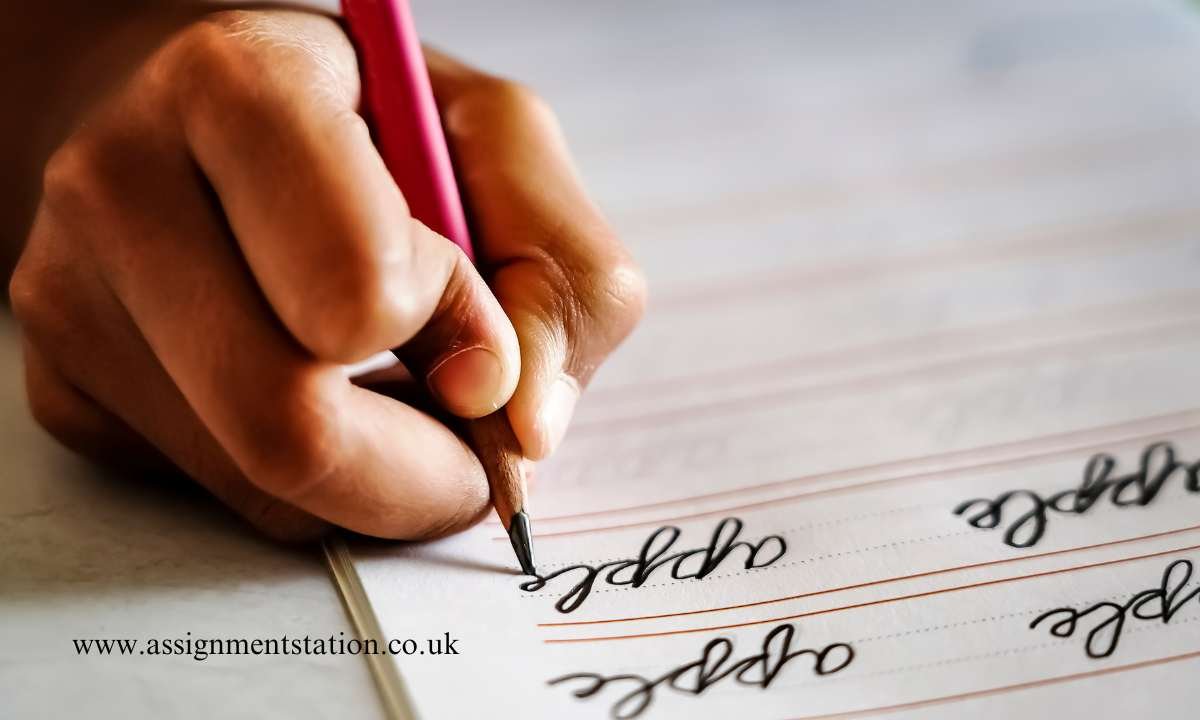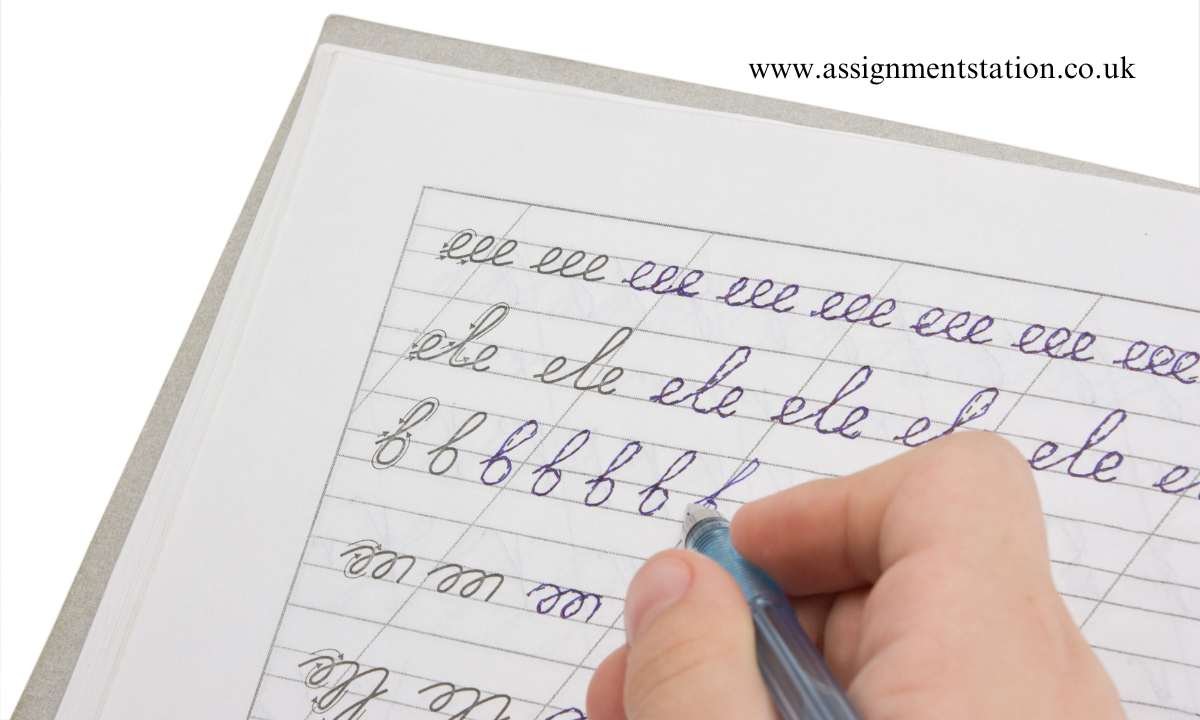Introduction
Cursive writing has been an essential part of education for centuries. Although digital devices have reduced its necessity, it remains a valuable skill. Many people wonder, what is cursive? Simply put, it is a flowing style of handwriting where letters are connected.
This guide will cover the benefits of writing in cursive, how to write in cursive, and tips to improve your writing practice. Whether you are a student, a teacher, or someone looking to enhance handwriting skills, this blog will help you master cursive.
What is Cursive Writing?
It is a form of handwriting where letters are joined together to create a continuous flow. This style makes writing faster and more efficient compared to print writing. It is widely used for signatures, artistic calligraphy, and formal handwriting.
There are various types of cursive styles, including r cursive writing, looped cursive, italic cursive, and connected cursive. Each has its own unique structure, but they all focus on smooth, flowing strokes.
Benefits of Learning Cursive Writing
Many people believe that cursive is outdated. However, learning this skill offers numerous advantages:
- Enhances Handwriting Skills – Practicing cursive improves overall penmanship, making writing more legible and appealing.
- Improves Cognitive Development – Studies show that cursive handwriting strengthens neural connections, improving brain function.
- Boosts Writing Speed – Since letters are connected, writing in cursive is faster than print.
- Strengthens Memory and Learning – Writing in cursive helps with better retention and understanding of information.
- Develops Signature Skills – A unique signature is an essential part of personal identity, and cursive is ideal for signatures.
- Encourages Creativity – Calligraphy and decorative handwriting styles emerge from cursive, adding an artistic element to writing.


How to Write in Cursive
Learning cursive requires patience and practice. Follow these steps to develop neat and efficient cursive handwriting:
1. Start with Basic Strokes
Cursive letters are formed using loops, tails, and curves. Practice making basic shapes like:
- Upward strokes (used in letters like ‘h’ and ‘b’)
- Curved strokes (used in ‘o’ and ‘c’)
- Connecting loops (used in ‘l’ and ‘e’)
2. Learn Lowercase and Uppercase Letters
Begin with lowercase letters, as they are easier to connect. Once comfortable, move on to cursive capital writing. Commonly used uppercase letters like A, B, and C require extra attention due to their elaborate strokes.
3. Connect the Letters
One of the main characteristics of cursive handwriting is the seamless connection between letters. To achieve this:
- Maintain a consistent slant.
- Keep spacing uniform.
- Use light hand pressure for smooth strokes.
4. Use a Cursive Handwriting Generator
A cursive writing generator can be a useful tool to create examples of cursive text. This helps beginners visualize letter connections and practice different styles.
Essential Tips for Mastering Cursive Writing
Now that you understand how to write in cursive, here are some important tips to improve your writing style:
- Practice daily – Repetition is key to developing muscle memory.
- Use the right tools – A smooth-flowing pen or pencil enhances your handwriting.
- Maintain proper posture – Sit straight and position your paper at a slight angle.
- Slow down initially – Speed will improve over time as you gain control.
- Try a word count app – Tracking progress helps in measuring improvements over time.
Common Mistakes to Avoid in Cursive Writing
When practicing cursive, many learners make common mistakes. Here are some to watch out for:
- Inconsistent letter sizes – Keep letters uniform for better readability.
- Incorrect slant – Cursive handwriting typically has a rightward slant; avoid excessive leaning.
- Skipping strokes – Ensure proper letter connections to maintain flow.
- Pressing too hard – Heavy pressure can cause shaky lines and hand fatigue.
Fun Ways to Practice Cursive Handwriting
Learning cursive doesn’t have to be dull. Here are some enjoyable ways to improve your handwriting skills:
- Write daily journal entries – Keep a cursive diary to practice every day.
- Copy famous quotes and poems – This enhances writing flow and style.
- Create personalized greeting cards – Handmade cards improve creative cursive handwriting skills.
- Try cursive handwriting practice worksheets – These offer structured exercises for improvement.
Conclusion
Cursive handwriting is more than just a handwriting style; it’s an art form with practical benefits. Whether you’re looking to improve speed, enhance memory, or simply develop a unique signature, cursive has much to offer. With regular practice and the right approach, mastering cursive becomes easier. Additionally, services like assignment help services by Assignment Station can help students enhance their academic skills, making learning even more effective.
So, pick up a pen and start practicing today. Who knows? You might just fall in love with the beauty of cursive writing!


